Here’s how to get your garden ready.
Halloween is packed away and the first frosts have already nipped many gardens. Forecasts turn wintry, and those early flakes often arrive before we feel ready. The good news is that a few timely jobs now can spare you heartbreak later.
Across higher ground and northern counties, from the Highlands to the Pennines and into the Welsh uplands, snow can follow quickly once November beds in. Just like the northern United States, the first proper bursts tend to hit colder regions and elevations first, and it pays to act before the soil locks up. Blink and a blizzard can creep up on you.
Where the first snow lands in Britain and why your timing now counts
Much of the country has already seen a killing frost, which is the signal to switch from harvesting to protection. Once the first snow arrives, access gets harder and wet, compacted ground is no fun to work. So the window sits now, while borders are still reachable and the topsoil is workable.
A polar vortex pattern can keep gardeners on their toes in late autumn and early winter, flipping from mild to biting cold in a day. That means you prepare for both a dusting and a dumping. Aim to safeguard perennials, keep living roots insulated and make the most of winter’s slow-release benefits for the soil.
Think regionally, not by the calendar. On exposed hills and northern gardens, jobs happen earlier. In milder coastal strips, you may squeeze a week or two, but the to-do list stays the same.
The one garden tidy that stops trouble before winter bites
Start with a clear-out of blackened, frost-tender vegetables such as tomatoes, squash and beans, plus summer annual flowers. Dead top growth harbours pests and diseases that you do not want to carry into spring. Work methodically, keeping beds clean and walkways safe.
Only add this green waste to the heap if it shows no sign of disease. If you spot blight, mildew or anything suspicious, skip the compost and bin it, or burn it on a carefully tended fire. It sounds strict, and yet the payoff is a healthier patch next year.
Once the clutter is gone, you can see where water pools and where soil stands bare. That is your cue to protect what matters.
- Quick win – top cleared beds with compost then mulch for winter cover
Mulch and compost, the quiet duo that shields your soil
Feed the ground first. A generous layer of compost now lets nutrients filter in over winter, ready for spring growth when the light returns. Then lock it in with mulch to reduce erosion, suppress weeds and keep goodness where roots can use it.
Many hardy plants shrug off the cold if you give them that cosy blanket. Brussels sprouts, spinach and collards can sit in the soil and still deliver, especially with mulch tucked around their base. Tough herbs such as thyme and sage appreciate the same treatment.
If you mulched in early autumn, go again after your first frost. A second pass helps beds ride out snow cover and freeze-thaw swings, which is often what does the damage. It looks simple, except that it is the quiet work that keeps a garden steady.
What to leave in the ground for flavour and resilience come spring
Not everything needs lifting. Those hardy greens can sweeten after frost, so do not rush to strip the plot bare if plants are sound. The aim is to protect, not over-fuss. Mulch around crowns and keep soil life active while plants rest.
Long-lived plants deserve a little kindness. For established clumps of perennials, clear spent stems once they flop, then ring them with mulch to protect crowns from ice burn. You keep moisture levels steadier and reduce the chance of winter losses.
And if snow arrives sooner than expected, you will already be one step ahead. Beds tucked up, soil fed, hardy crops still standing. The sort of quiet preparation that looks like nothing in November and saves you hours in March. It wont take long, but it makes all the difference when the first snow finally falls.

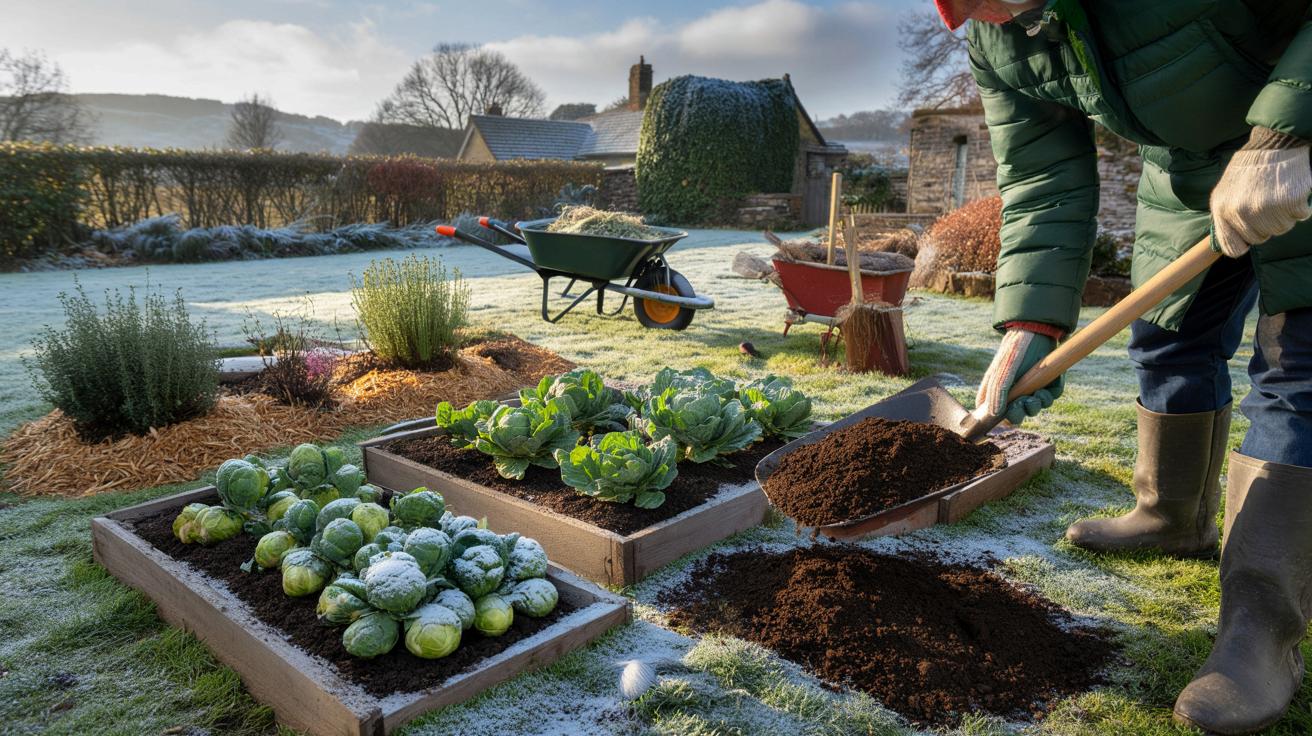
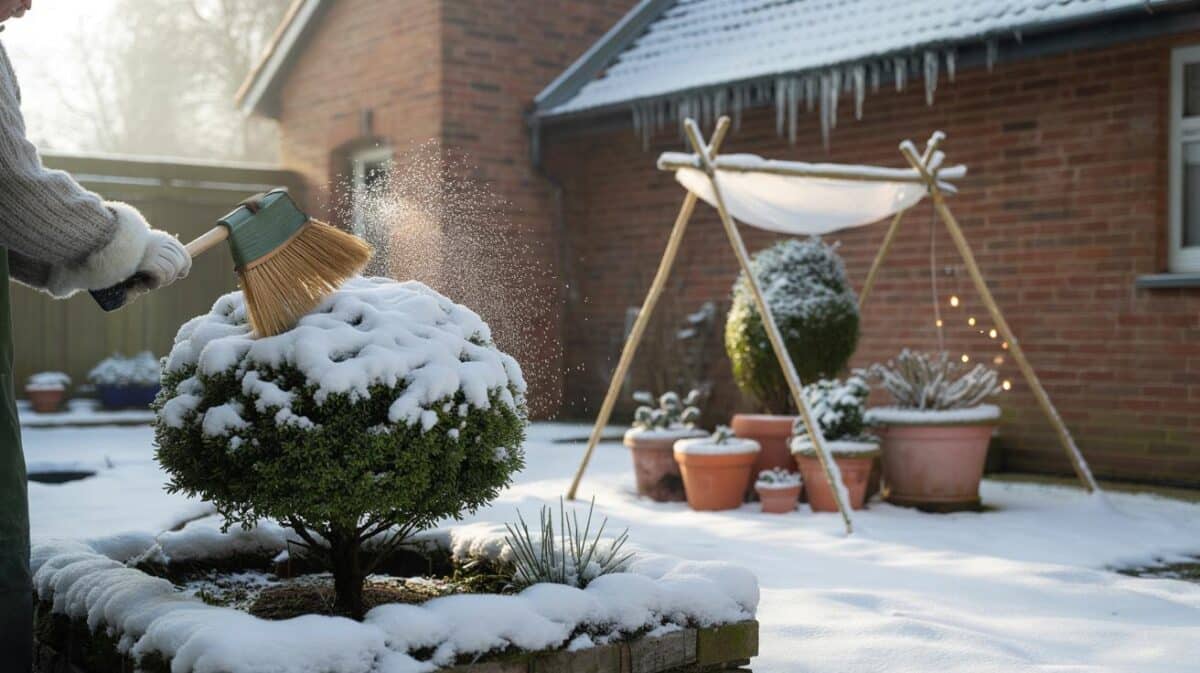


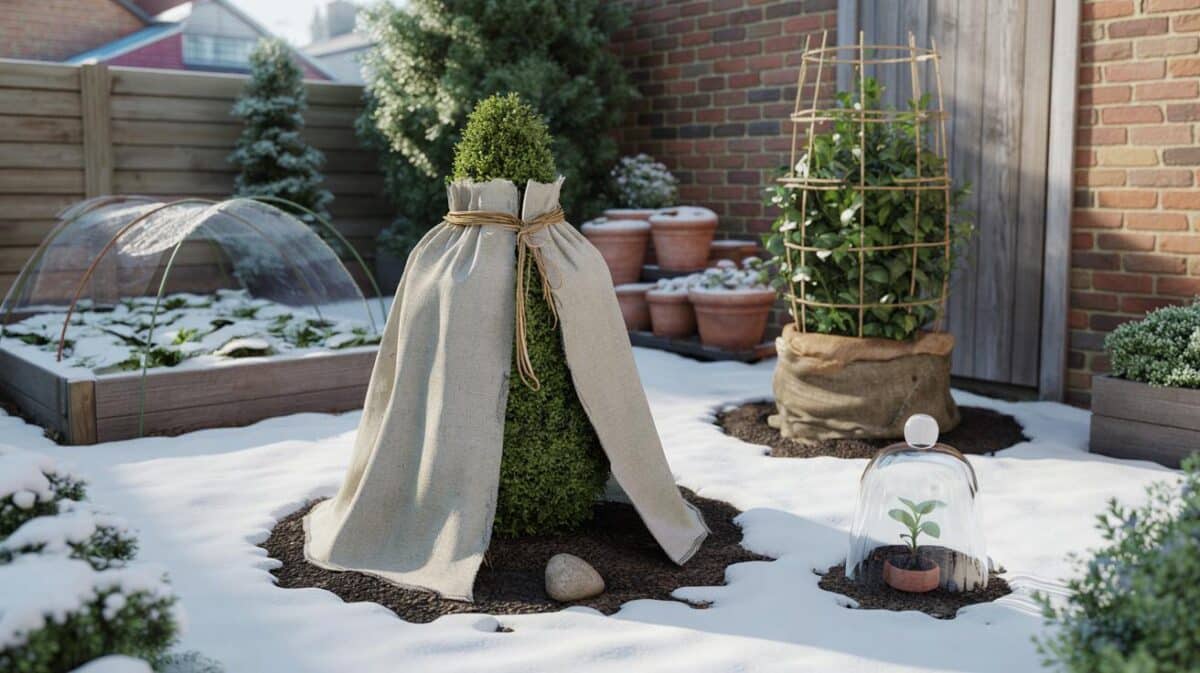
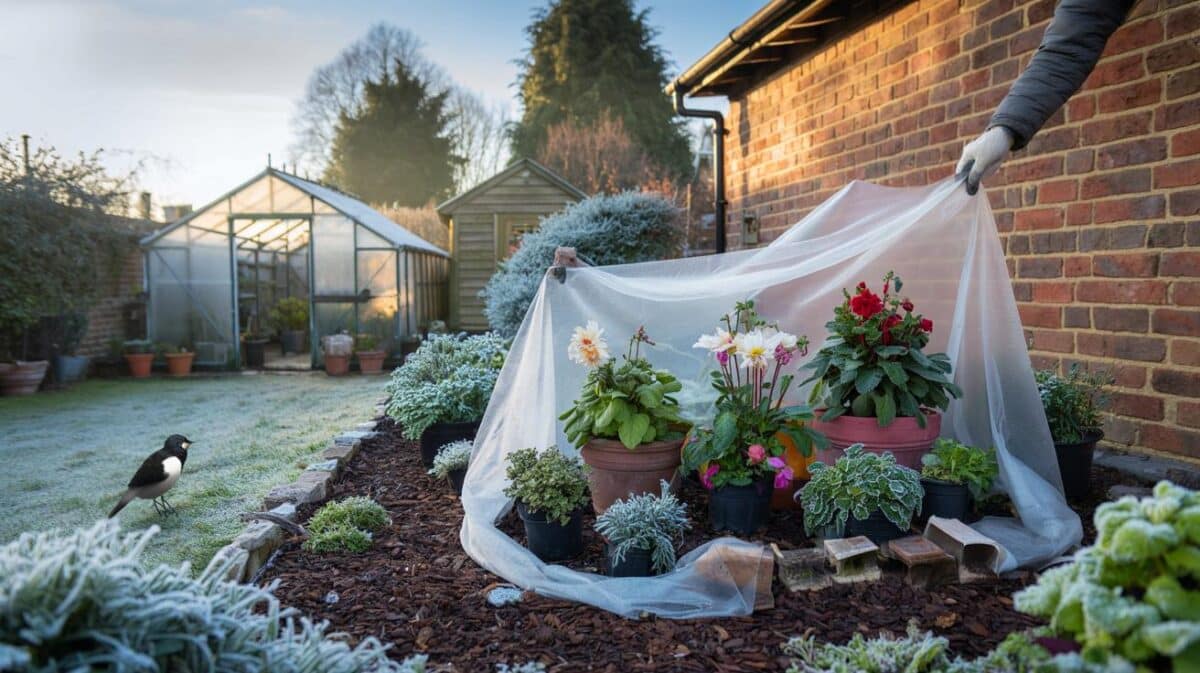
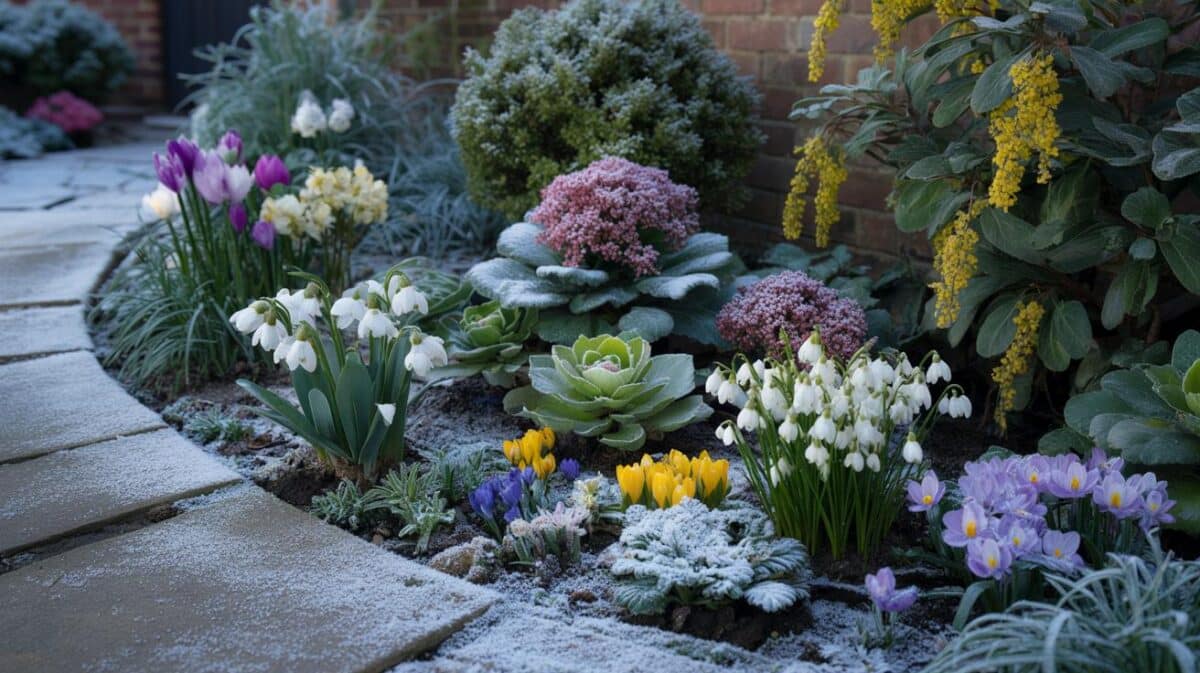


Brilliant timing—this is the checklist I needed before the first flurries. Thanks for the clear steps on compost then mulch! 🙂